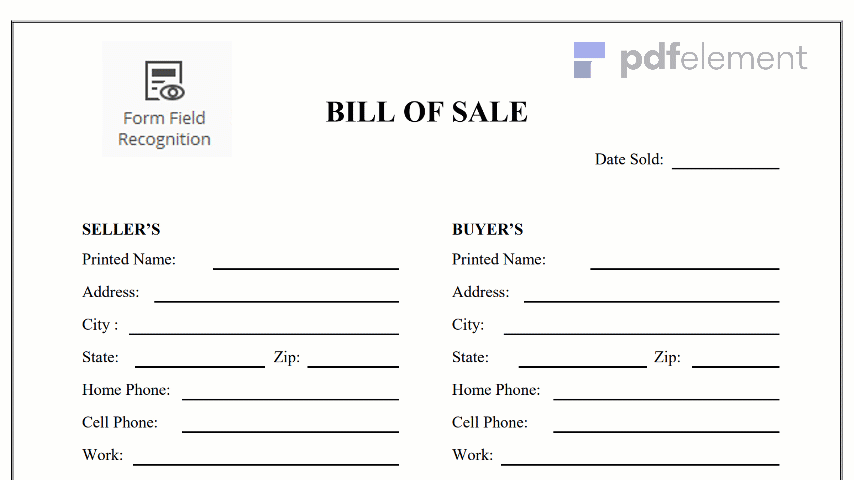
Land contracts, also known as Deeds of Trust, Trust Deeds, Notes, Contract for Deed, or Privately Held Mortgages, are seller-financing contracts that let a buyer to pay the seller straight for their home throughout the time without the use of traditional lenders. Rather than paying a full amount of money at settlement, or closing, the buyer is paying an agreed-upon money down-payment when the signing of the land contract, and further decides to make frequently scheduled payments up until the price has been paid fully. The contract might specify monthly payments until the whole amount has been settled, or it might demand the last balloon payment at some settled time at some point. A written land contract is necessary for buying a real property. It stands as a proof of the agreement made between the two the buyer and seller of the land. Some of the most important components found on a land contract are written below.
A general Bill of Sale is a written proof of the transfer of possession of a property between two parties, one party is the one selling it and the other is the one buying it. It can’t be used in transferring intellectual property or real property. This document in its draft form has many of the standard sections normally used in these kinds of agreements, in addition to optional language to let the customization to make sure the precise terms of the agreement of the parties are addressed. Using of Bill of Sale make sure that there’s a complete and precise record of the transfer of a property to the buyer from the person selling it.
The following describe the characteristics of a land contract:
1. Payments are made in installments based on agreed schedules.
2. The seller retains the ownership of the property while the sum of the principal, including the interest rate is not yet fully paid.
3. The buyer typically occupies and uses the property even if he still owes the owner some amount of the purchase price.
4. Lump sum payments can be made to clear the remaining balance.
5. The seller issues the buyer the deed once the balance is paid off.
6. Once the balance is paid, the legal transfer of ownership occurs with a conveyance.
Step 1. Make a title for the land contract. You have to put the title in bold font and center it on the top of the page. The title must say something about the agreement.
Step 2. Make a line space where both parties can sign the contract as well as the date.
Step 3. Write the full address of each party to the contract.
Step 4. Describe the property being sold. Because street addresses may change, you have to include both the name of the street and the full legal property description.
Step 5. Identify who is the owner of the property. State whether any personal property is also included in the sale.
Step 6. Get the land contract notarized and signed. Both buyer and seller have to sign the contract.
1. It is better to use the format provided by this page than to make your own land contract.
2. If you’re still paying for a mortgage on your property, it is going to be a good idea to get consent from the existing mortgage holder before you sign the land contract.
3. It is also a good thing to ensure that the interest you are charging does not exceed on stated maximum amount.